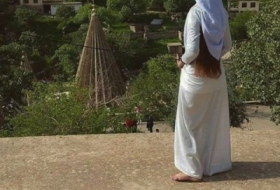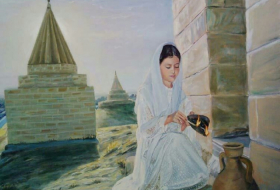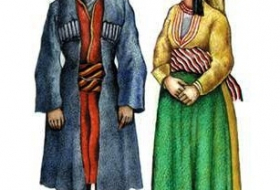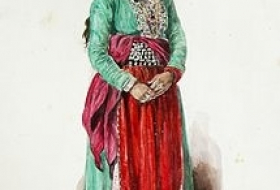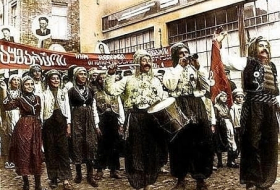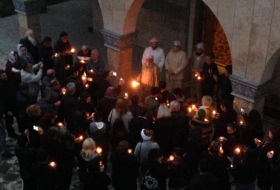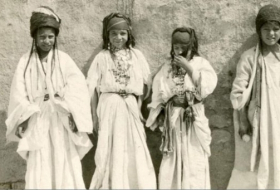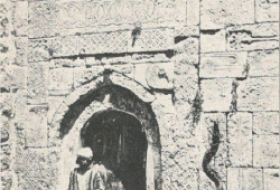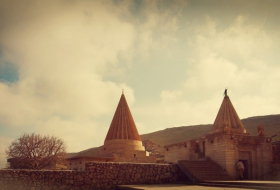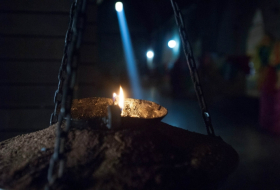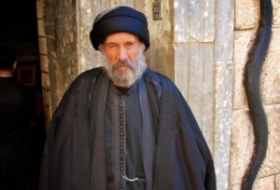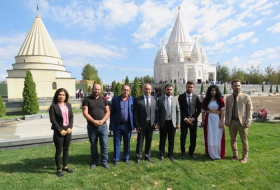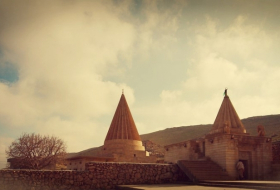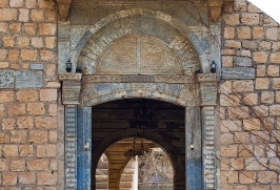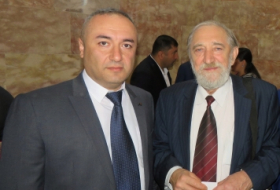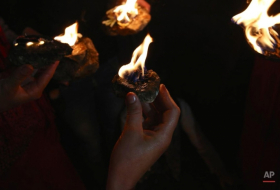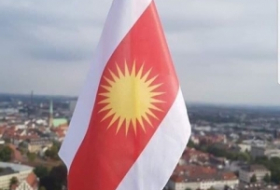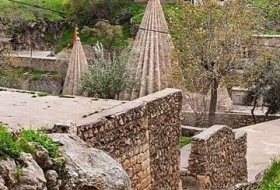Yezidism – its background observances and textual tradition
Chapter one perceptions of yezidism
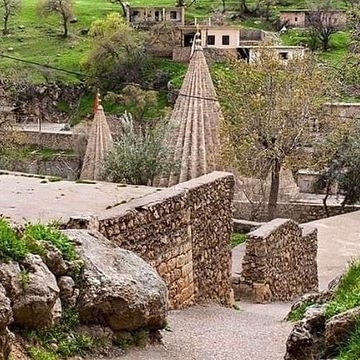
Philip G. Kreyenbroek
There is probably no factor that has influenced the perception of Yezidism, both In the Middle East and in the West, as much as the erroneous epithet "devil- worshipper". In the past, when there was open hostility between the Muslim community and the Yezidis, the epithet probably did more than any theological debate1 to make it clear to all that the Yezidis were non-Muslims who were not entitled to any protection under Islamic Law. Moreover, it seemed to justify the severe ill-treatment to which they were regularly subjected.^ For Western scholars, a genuine academic curiosity about the phenomenon of devil-worship may have been blended with a romantic interest in this secretive but cleanly and friendly group of Oriental 'pagans', whose strange cult might contain traces of one or more of the great ancient religions of the Middle East.3 This combination of romantic appeal with an intriguing intellectual challenge probably accounts for the intense academic interest in Yezidism of the latter half of the nineteenth century and the first half of the twentieth.4 Evidence of this interest began to emerge in the 1830s and 1840s with the works of travellers such as Ainsworth, Badger and Layard,5 whose works clearly inspired further scholarly curiosity.
1 The Hymn of the Weak Broken One
(1) Oh lowly one of mine , of broken heart,
if permission comes from dear Meler Fekhr el-Dîn
We shall praise the deep oceans.
(2) Oh lowly one of mine? Of little endurance?
If authorization comes from dear Melek Fekhr el-Dîn
We shall give descriptions of the deep oceans.
(3) Respectable people are gathered around me
We shall tell (them) about that ocean,
in it there are pearls? Jewels.
(4) Respectable people are gathered around me,
We shall give a full account of that ocean,
It is an ocean, and hell and pith are (contained) in it.
(5) Give praise to the (One who is ) Many.
(First there was) only the Throne (then) the Prince came into being.
He is the knowing one and he is the all-seeing one.
(6) My king came from the Pearl,
Some good things developed from it,
The branch of love was in it.
(7) In it was the branch of love.
Sultan Êzîd holds the Pen of Power in his hand.
Praise be to God, and thanks, that I have cast my lot with the Tradition.
(8) The Loves saw that Prince and came to know him,
Love and the Cup became separate.
He laid a number of cornerstones.
(9) He made cornerstones , and supported (the earth)
The Pearl burst open in its awe,
It could not prevent itself, and moved upward
(10) It did not have the strength to remain patient,
The Pearl became adorned with colours,
It became red and white and yellow.
Tags:


